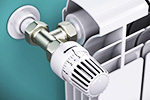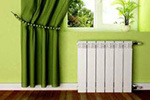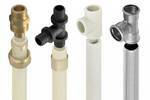Steel heating radiators are considered the most reliable and easy-to-use today. The types and characteristics of these batteries are a separate topic of conversation. If you want energy efficient heating at no extra cost, we recommend reading this review from HouseChief, which contains all the essential information about choosing such devices.
Read in the article
- 1 The principal choice: what kind of radiators you can find on sale
- 2 Steel radiators: two types and their features
- 2.1 Steel heating radiators: characteristics and types of panel models
- 2.2 What is the difference between tubular steel batteries
- 3 Pros and cons of different types of steel batteries
- 4 Manufacturers and popular models of steel radiators
- 5 The main criteria for choosing a steel radiator
- 6 Algorithm for installing steel radiators
The principal choice: what kind of radiators you can find on sale
In specialized retail outlets, you will find a wide range of heating devices. Sellers will vying with each other to tout their product, but you should prepare for the selection in advance and know what you will have to deal with.

Cast iron batteries - this is the most chic option. They usually have an exquisite shape and special design. Such devices are now considered premium. The thing is that iron production is gradually giving way to other technologies and is considered more and more costly. So it turns out: what our grandmothers and grandfathers did not consider as a luxury has become a real rarity today.
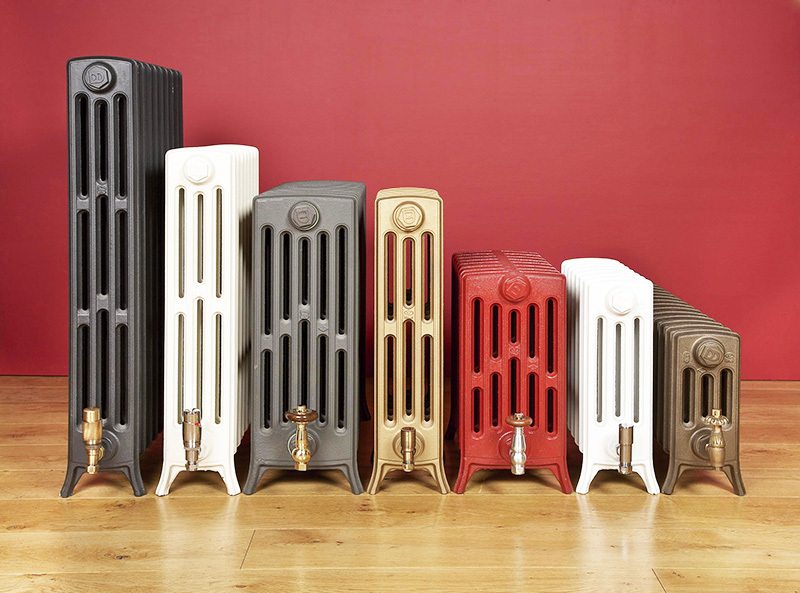
Aluminum heaters attract with their modern design and lightness. Such devices save energy and warm up perfectly in a short time.
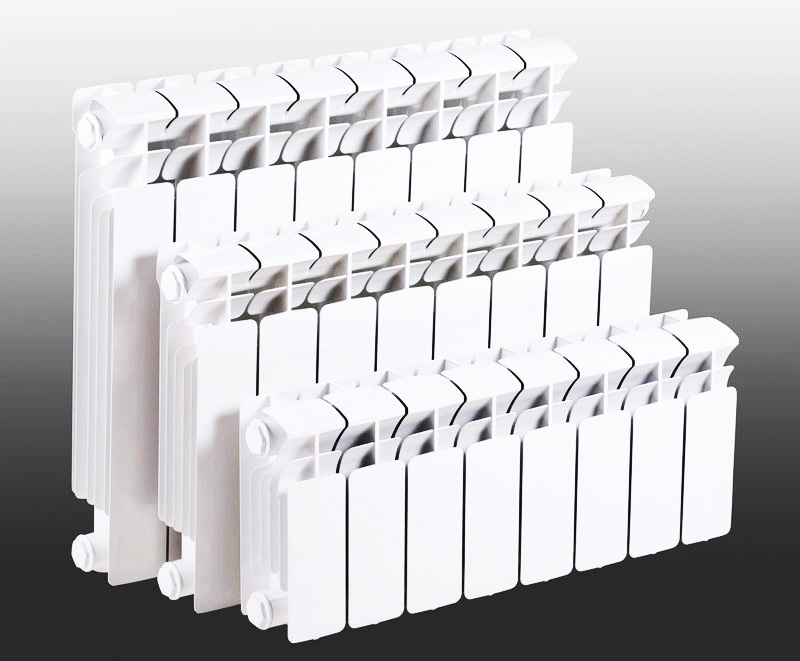
Bimetallic structures made of aluminum and steel. Engineering thought makes it possible to competently combine the properties of these two metals, which gives high results, making them suitable for use in multi-storey buildings.
And, of course, steel radiators. They have been mass-produced for the second century, and modern technologies have made these batteries not only attractive in appearance, but also extremely reliable and economical.
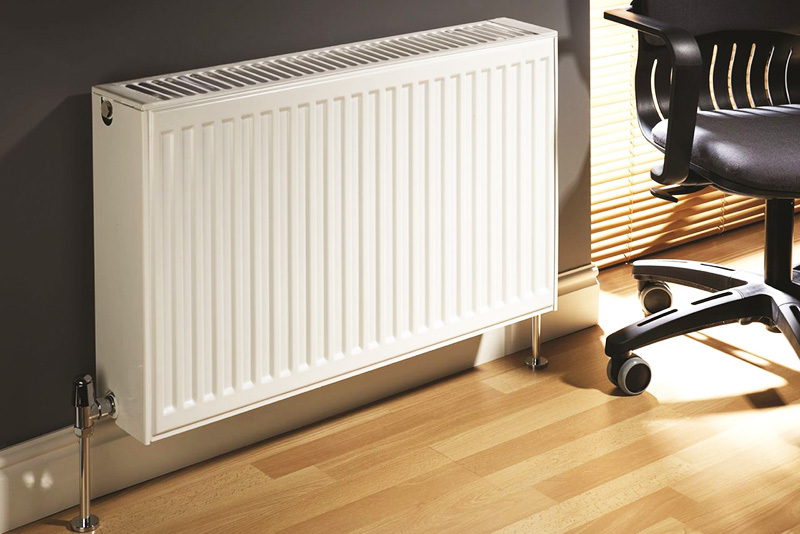
Steel radiators: two types and their features
Steel heating appliances are divided into a couple of basic types: panel and tubular. Let's understand the features of their device and technical characteristics:
Steel heating radiators: characteristics and types of panel models
Panel devices are made by stamping. In the process of work, the machine makes two workpieces in a mirror image, which are subsequently joined by welding. In these details, channels with a vertical direction are made in advance, in which it will then circulate coolant.
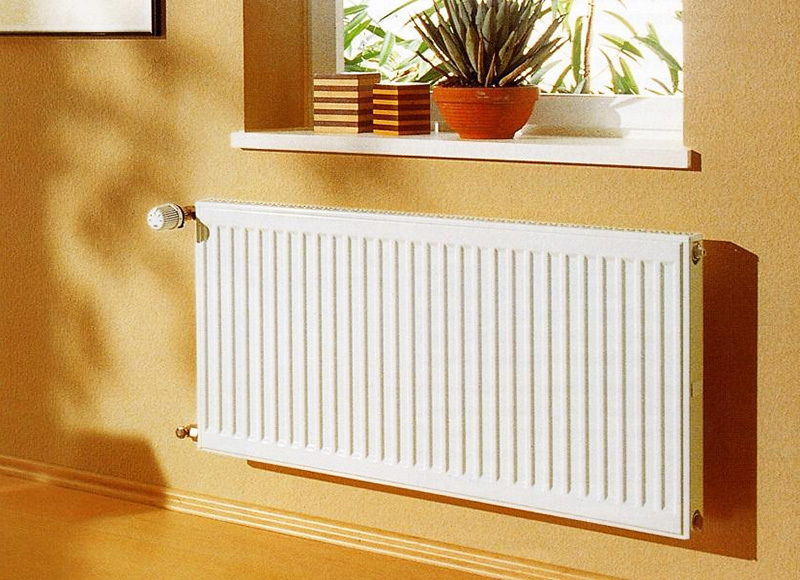
Important! The quality of steel radiators largely depends on the factory paint, which protects the device from corrosion during operation.
Panel structures are able to withstand the temperature of the coolant up to 100 ° C, so they tolerate the standard indicators in heating systems of 70 ° C without problems. The ultimate pressure load for such devices is 10 bar, higher values are capable of breaking weld seams. therefore pressure testing before the heating season, which is carried out in apartment buildings at times with a pressure rise of up to 15 bar, can damage your radiators.
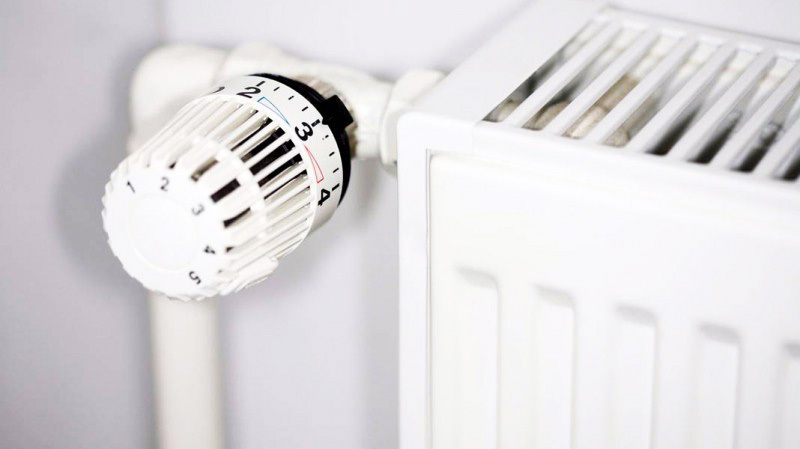
Related article:
Thermostat for a heating radiator. In the article, we will consider in detail the design, modern modifications, application features, parameters devices for the radiator, an overview of modern models and the secrets of the correct installation of the regulator yourself without mistakes.
The more panels in each battery, the higher its ability to heat the room. Steel panel batteries can vary in height and width, so it is not difficult to match the model to your installation conditions.
You can find on sale different markings of such radiators, and this is what they mean:
- 10 - these are panels without a convector, consisting of one row. In the absence of a convector, the devices do not accumulate house dust and are recommended for installation in children's rooms and healthcare institutions;
- 11 - a radiator made of one panel and a converter row, fixed on the reverse side. Dust accumulates on the back wall, so periodically you need to clean the grooves with a powerful vacuum cleaner;
- 20 - two steel panels without convectors - this is what such batteries are made of. Provide double heat dissipation, easy to clean during cleaning;
- 21 - as you may have already guessed, there are two steel panels and one convector located between them. The whole structure is covered with a lattice;
- 22 - two steel panels and two convectors welded to them. There is a common lattice and side walls;
- 30 - three panels without a convector with side walls and a grill;
- 33 - the widest radiators, consisting of 3 panels and 3 convectors. They can have a total thickness of up to 17 cm.
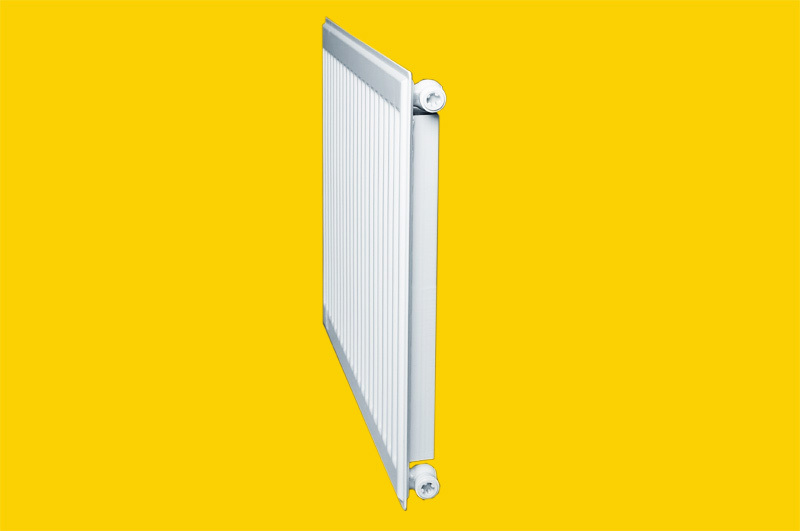
Related article:
What heating radiators are best for an apartment the analysis of individual models and characteristics of equipment will tell you, but not everyone knows what needs to be paid attention first of all. Read about this in the publication.
What is the difference between tubular steel batteries
Tubular batteries are also stamped in production, but they differ in appearance and design from panel ones. Such devices consist of parallel tubes fixed in a vertical position and connected by a manifold.
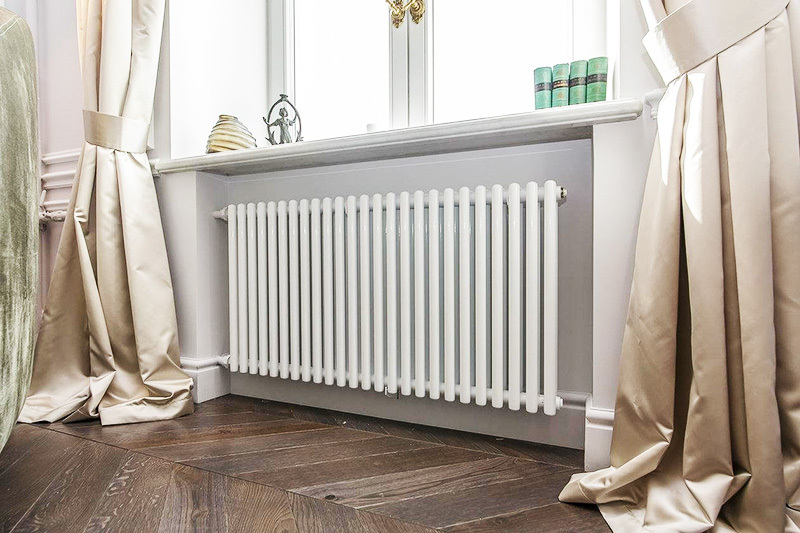
It is believed that the heat transfer of tubular batteries is much higher than that of panel batteries, but the price of such devices is also different. Tubular models have side or bottom connections to the system.
These designs can withstand temperatures up to 120 ° C and are able to withstand short-term pressures of up to 15 bar.
Pros and cons of different types of steel batteries
When choosing the type of radiators, all their features should be taken into account, so it is necessary to disassemble both the positive and negative sides of the devices:
| Panel | Tubular |
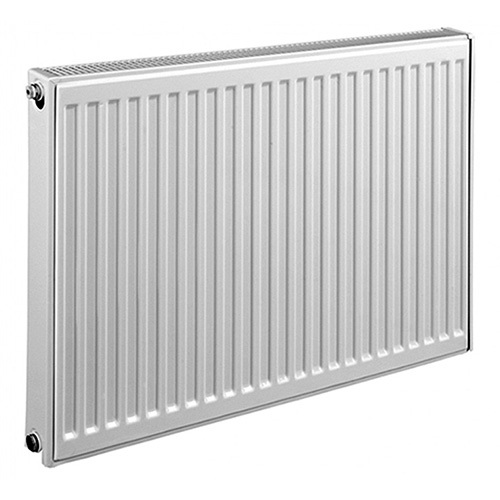 | 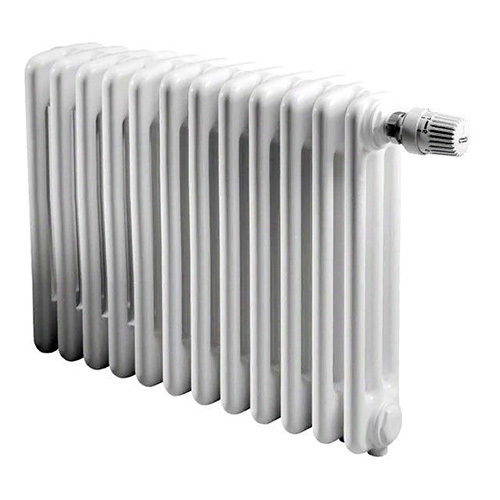 |
| Advantages | |
| Fast installation due to the integral design | Uniform and fast warm-up |
| High heat dissipation capacity due to the large area | Excellent heat dissipation with the possibility of thermoregulation through the built-in thermostat |
| Economical heat carrier consumption and, due to this - energy saving for heating | Easy maintenance and no dust build-up. Possibility of periodic wet cleaning |
| Smooth surface without traumatic corners and edges | A wide range of design options, including shelves and seat panels, as well as accessories for drying shoes or towels |
| Versatile and neat appearance | Safety thanks to rounded corners |
| Flaws | |
| The panels are not demountable, which means they are not repairable | Susceptibility to corrosion, especially with a heating medium that does not meet quality standards |
| Poor resistance to pressure fluctuations in the system | Instability to mechanical stress |
| Sensitivity to the quality of the coolant, tendency to form scale and build-up | High cost in comparison with similar panel constructions |
| Resistance to mechanical stress |
Manufacturers and popular models of steel radiators
The offer of steel radiators on the market is very extensive, how to make the right choice in such a range? First of all, you should choose models that have warranty service, and as it turns out, there are not so many such manufacturers in our market.
Belarusian radiators "Lidea". The panel models of this company are equipped with removable grilles, which makes cleaning easier. These panels are designed for pressures up to 8.9 bar and maintain an operating temperature of the heating medium at 70 ° C. Each radiator contains from 900 ml to 6.6 liters of coolant, depending on the size.
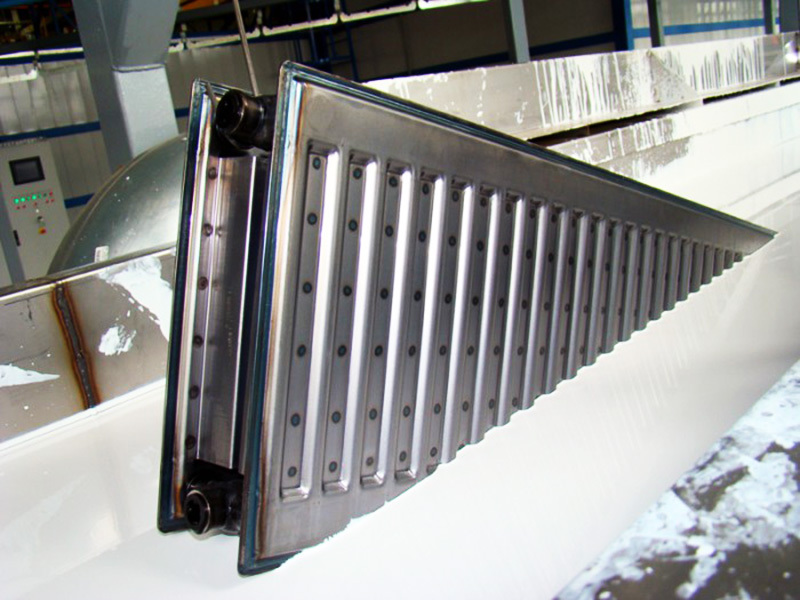
Domestic batteries "Konrad". They are manufactured in St. Petersburg and have options for bottom and side connection. The set includes Mayevsky's taps, special stands and other accessories.
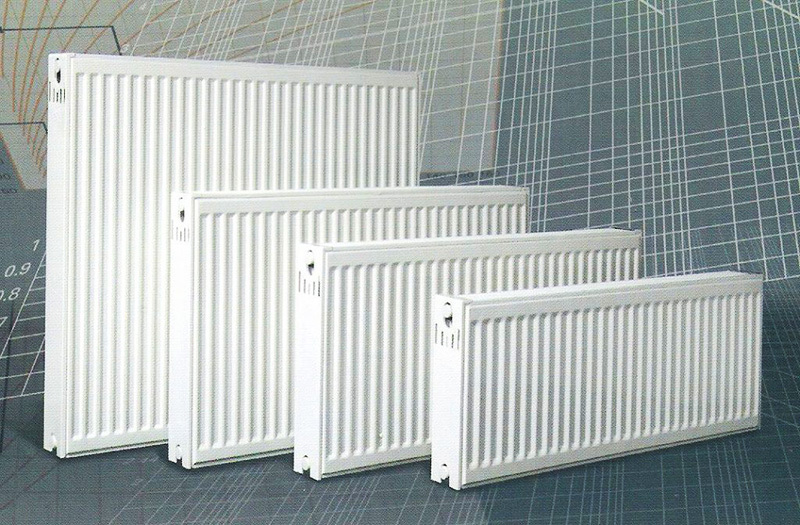
German quality Kermi is beyond competition. They are also equipped with various types of connections, but can only be installed in systems with a self-contained circuit, as they can only withstand pressures up to 8.7 bar. Kermi panels can be painted in different colors at the request of the customer.
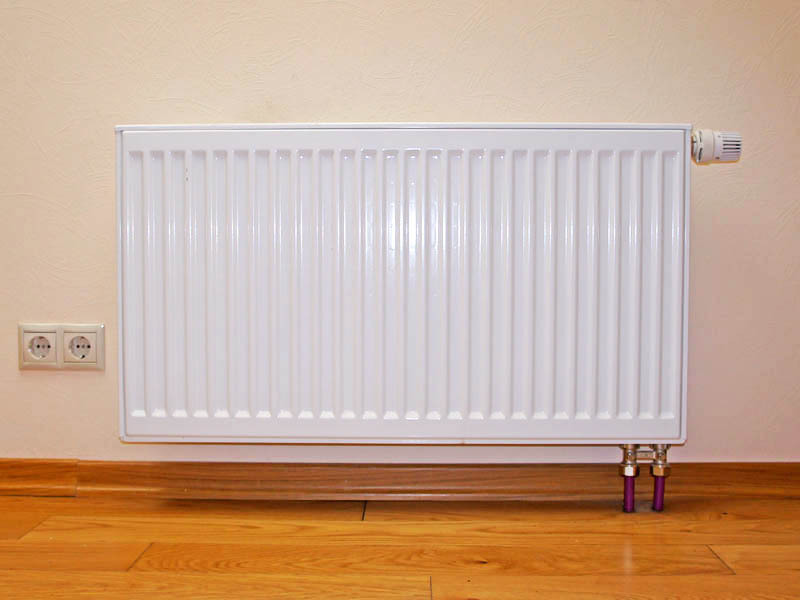
Russian Prado batteries are manufactured in Izhevsk. In addition to two connection options, they have a large selection of additional fittings.
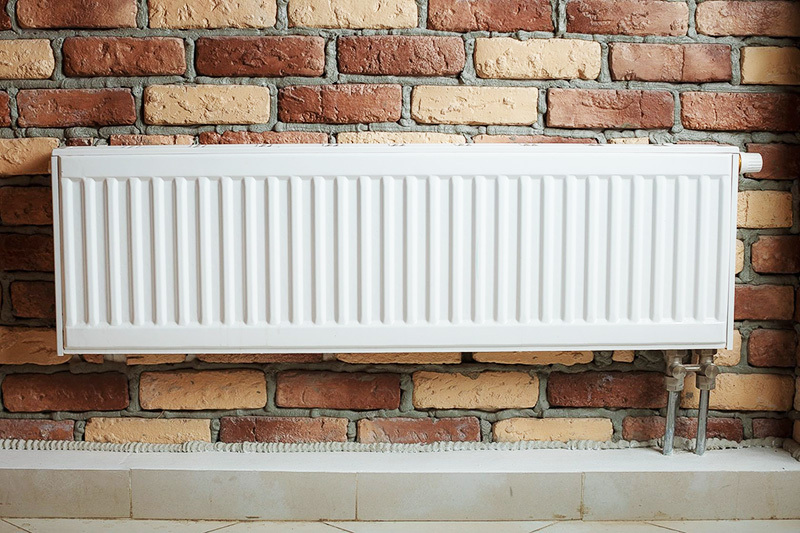
The main criteria for choosing a steel radiator
Radiators should be chosen primarily for their thermal characteristics. Each device is marked accordingly, pay attention to this. To calculate the number of batteries, it is customary to use an average rate of 100 W per 1 m² of area. This is a rather rough calculation, so you always need to take into account the particular climate in the region and the characteristics of the room in which you plan to install the heating system.
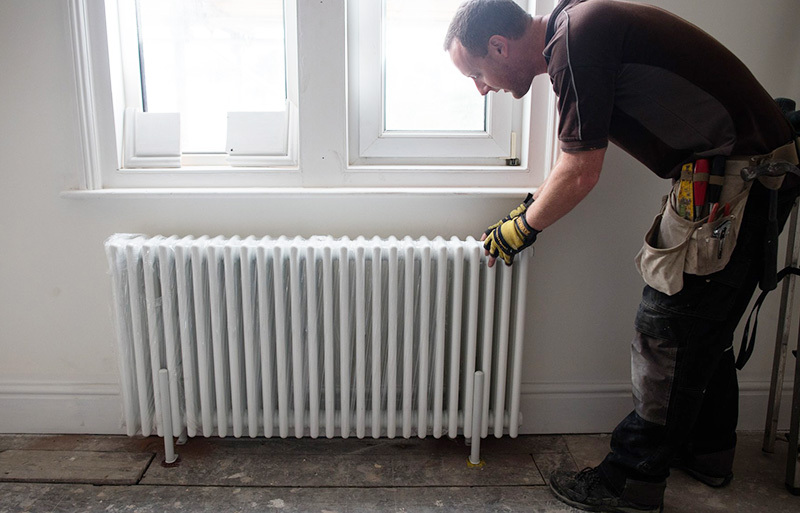
Related article:
Do you want to know which pipes for heating are better choose? Read our review. We invite you to consider the main varieties, study their characteristics, and also get acquainted with useful recommendations from experts about the best materials.
Algorithm for installing steel radiators
Installation of steel radiators is quite simple, since all connections are standard sizes and can be equipped with a variety of fittings. Here is a simple example of mounting such structures in the video:
What heating radiators do you have? Can you recommend a specific model? Write about it in the comments.

